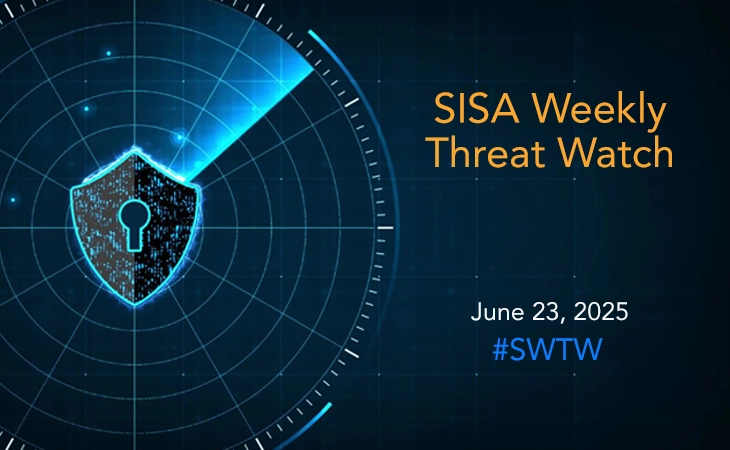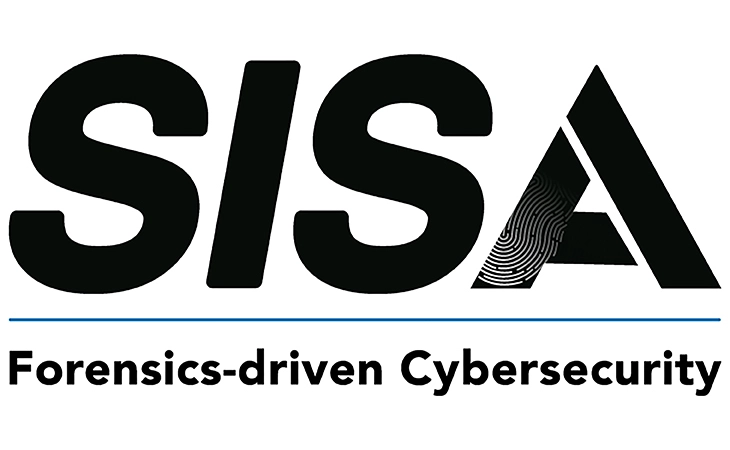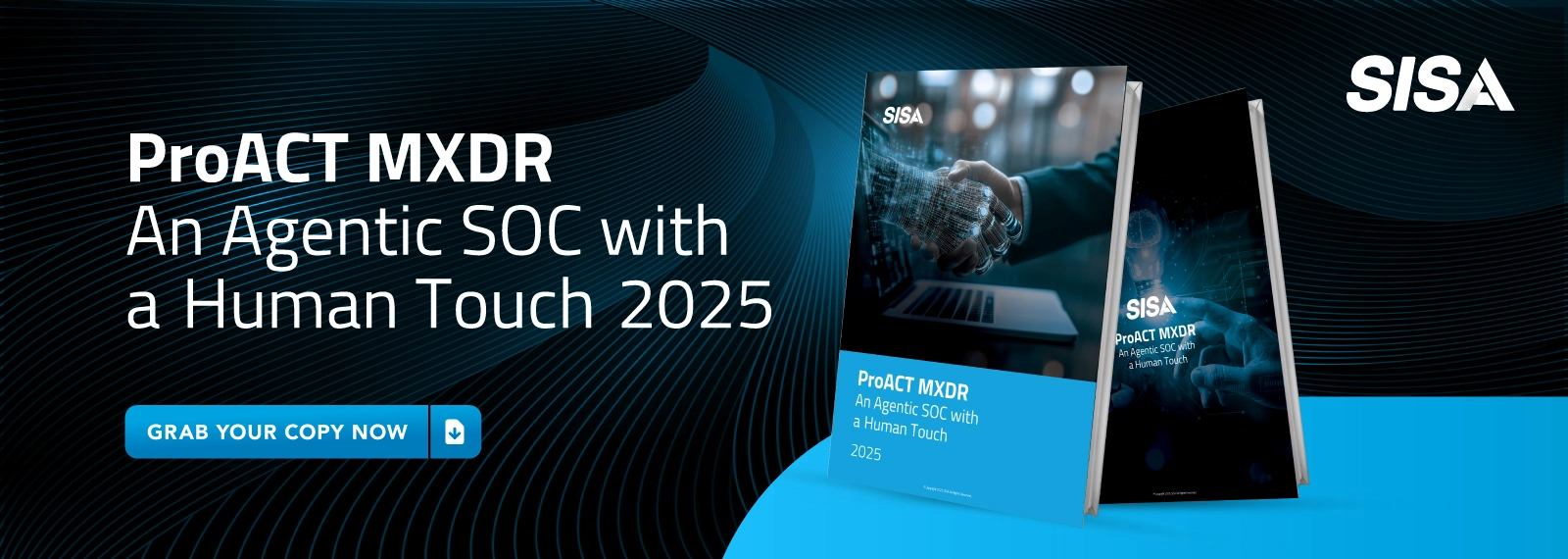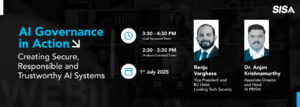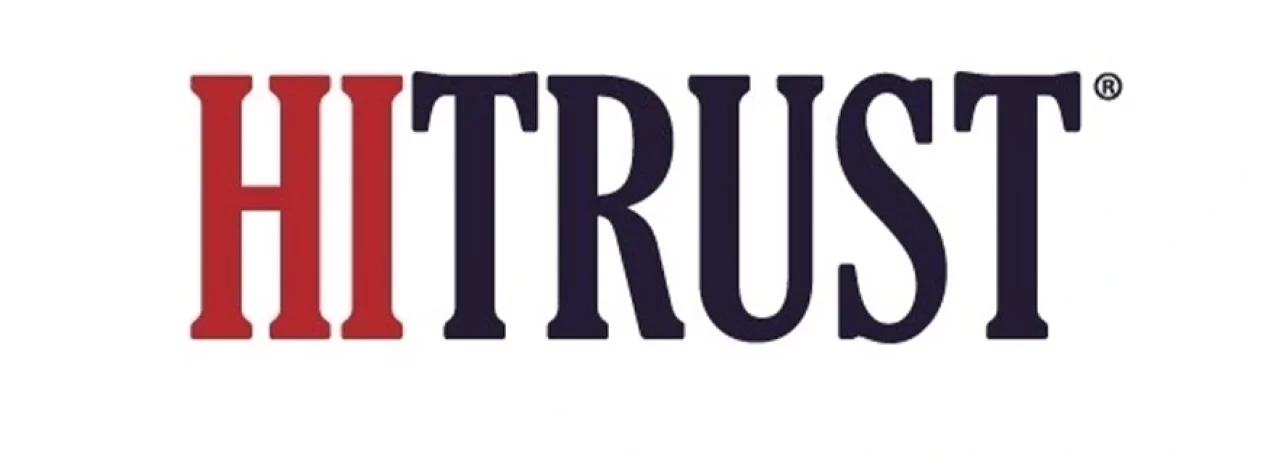
HITRUST Certification: The Comprehensive Approach to Unified Security and Compliance
In an era of increasing cyber threats and stringent regulatory requirements, organizations face a dual challenge: maintaining robust security while navigating complex compliance landscapes. The HITRUST Common Security Framework (CSF) has emerged as a game-changer, offering businesses a unified and scalable approach to safeguarding sensitive data and meeting regulatory obligations.
Understanding HITRUST Certification:
The HITRUST CSF is a globally recognized framework that consolidates over 50 regulatory and industry standards, including GDPR, HIPAA, NIST, and PCI DSS. By mapping these standards into a unified framework, HITRUST eliminates redundancies, reduces compliance costs, and ensures organizations can meet multiple regulatory requirements through a single assessment.
Key Benefits of HITRUST Certification
- “Assess Once, Report Many” Philosophy
HITRUST Certification simplifies the compliance process by allowing organizations to complete one comprehensive assessment that satisfies multiple regulatory needs. This streamlined approach reduces audit fatigue, saves resources, and enables businesses to focus on strategic initiatives. - Risk-Based and Scalable Framework
HITRUST offers assessments tailored to the specific needs and risk profiles of organizations. From foundational E1 assessments to advanced R2 assessments, the framework grows with your business, ensuring a customized approach to compliance. - Continuous Improvement and Threat Intelligence
Unlike static frameworks, HITRUST Certification emphasizes ongoing monitoring and improvement. By incorporating real-time threat intelligence, the framework helps organizations stay ahead of evolving cyber threats. - Enhanced Security Posture
HITRUST’s practical controls ensure organizations not only achieve compliance but also strengthen their security against sophisticated cyber threats.
HITRUST Beyond Healthcare: Expanding Industry Adoption
While HITRUST Certification is often associated with the healthcare sector, its benefits extend to industries like BFSI, IT, and beyond. Financial institutions, for example, use HITRUST to integrate compliance with PCI DSS, ISO 27001, and GDPR into a single, efficient framework. This approach not only reduces redundancies but also fosters trust among stakeholders by demonstrating a commitment to data protection.
HITRUST for BFSI: Driving Efficiency and Trust
In the BFSI sector, where regulatory compliance is critical, HITRUST enables organizations to:
1. Simplify audits by combining overlapping controls:
HITRUST consolidates multiple regulatory frameworks into a unified set of controls, reducing audit fatigue. This integrated approach streamlines compliance efforts, saving time and resources for financial institutions.
2. Protect sensitive customer and payment data:
With robust data protection measures, HITRUST ensures compliance with global security standards like PCI DSS and GDPR. It safeguards critical customer information, enhancing trust and minimizing risks of breaches.
3. Build resilience against emerging cyber threats through advanced risk management:
HITRUST adopts a proactive approach to identify, assess, and mitigate cybersecurity risks. Its continuous monitoring and adaptability empower BFSI organizations to stay ahead of evolving threats.
4. Real-World Impact: Proven Success Rates:
HITRUST-certified organizations report significantly lower breach rates, demonstrating the framework’s effectiveness. This proven track record reinforces its value as a reliable standard for strengthening cybersecurity in the BFSI sector.
HITRUST certifications have a proven track record in preventing data breaches. A recent report revealed that 99.4% of organizations with HITRUST certification avoided security breaches in a two-year period. This statistic underscores the effectiveness of HITRUST in creating a secure and resilient operational environment.
How to Embark on the HITRUST Journey
Implementing HITRUST Certification requires a strategic approach:
1. Engage a Qualified Assessor:
Partnering with experienced assessors ensures a smoother certification journey. They provide valuable insights and guidance tailored to your organization’s unique requirements, reducing time and effort in achieving compliance.
2. Perform a Gap Analysis:
Identify gaps in existing controls to prioritize remediation efforts. This proactive step helps organizations allocate resources efficiently and address vulnerabilities before they become critical risks.
3. Leverage Tools for Evidence Collection:
Use digital platforms like MyCSF to streamline evidence gathering and management. These tools ensure accuracy, consistency, and easy accessibility, making the audit process less cumbersome.
4. Emphasize Training and Awareness:
Educate employees on the framework to foster a culture of compliance. Regular training updates keep teams informed about evolving threats and best practices, ensuring long-term organizational readiness.
Conclusion
HITRUST Certification is more than a compliance framework; it is a strategic tool for organizations to enhance security, achieve regulatory excellence, and build trust with stakeholders. By adopting HITRUST, businesses can confidently navigate the challenges of a complex regulatory landscape while ensuring robust protection for their data and systems.
Latest
Blogs
Whitepapers
Monthly Threat Brief
Customer Success Stories
 USA
USA India
India APAC
APAC Middle East
Middle East Global
Global






 Facebook
Facebook Linkedin
Linkedin  X
X Youtube
Youtube


